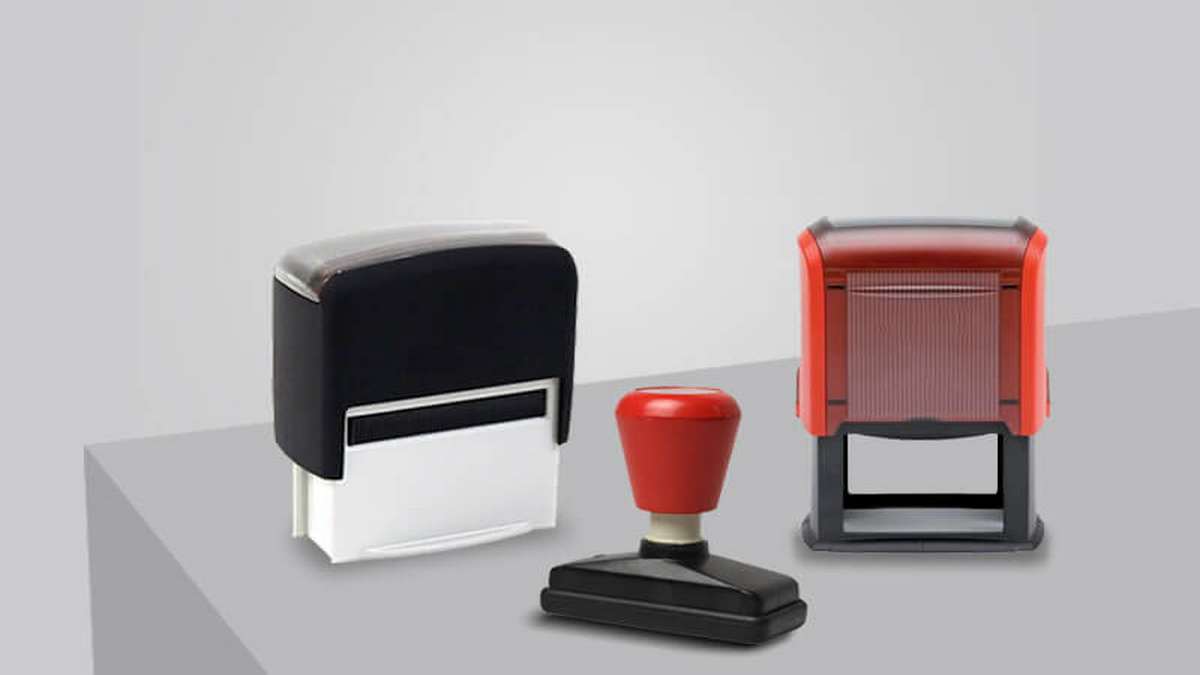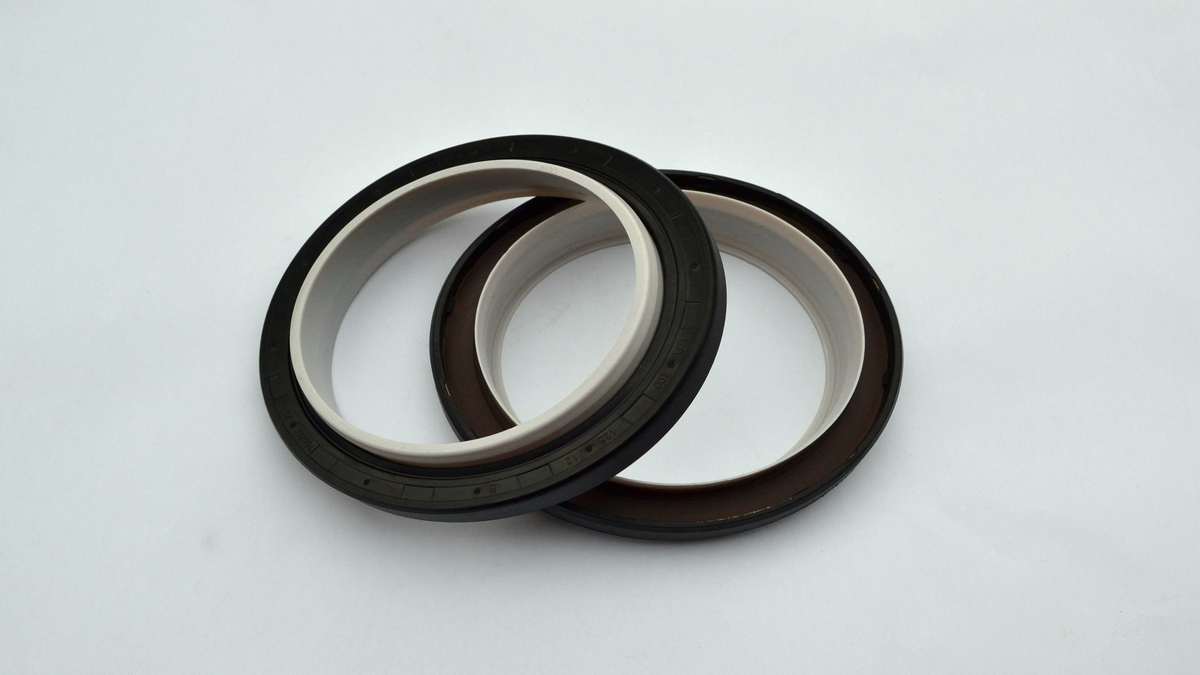
Customized stamps have become increasingly popular in recent years, offering a creative way to personalize items and documents for both personal and professional use. From wedding invitations to business branding, custom stamps provide a unique and personal touch to various projects. The following article will explore custom stamps, discussing their many applications, the process of creating them, and the materials used in their construction.
A Brief History of Stamps
The first postage stamp, the Penny Black, was introduced in the United Kingdom in 1840. This innovation revolutionized the postal system, making it more accessible and affordable for the general public. Since then, stamps have evolved and diversified, with different countries and organizations creating designs and uses.
Why Choose Customized Stamps?
There are many reasons to choose customized stamps, whether for personal or professional use. Some of these reasons include:
Personalization
Customized stampsallow you to create a unique and personal design that reflects your tastes, interests, and individuality. Whether you want to include your initials, a special message, or a custom logo, personalized stamps provide a creative way to express yourself.
Cost-effective
In many cases, personalized stamps can be more cost-effective than pre-designed alternatives, particularly for bulk orders. As a result, businesses can save money on stationery and branding materials by investing in customized stamps.
Versatility
Custom stamps can be used for various purposes, from adding a personal touch to invitations and cards to creating branded packaging for a small business. The possibilities are endless, allowing you to get creative with your stamp designs and applications.
The Design Process
Here are some steps to follow when designing your personalized stamp:
Choose the Purpose
Before you start designing, it’s essential to determine the purpose of your custom stamp. Is it for personal use, such as wedding invitations or scrapbooking? Or do you need it for professional purposes, like branding and marketing? Knowing the purpose will help guide your design choices.
Select the Type of Stamp
There are various types of stamps, including traditional wood-mounted rubber stamps, self-inking stamps, and clear acrylic stamps. Each type has advantages and disadvantages, so research which option best suits your needs and preferences.
Create Your Design
Once you know the purpose and type of stamp you want, it’s time to create your design. You can create a design from scratch using graphic design software or pre-made templates and customize them to suit your needs. Make sure your design is clear, legible, and visually appealing.
Review and Finalize
Before submitting your design for production, review it carefully for any errors or inconsistencies. Ensure all text is spelled correctly, the design elements are aligned, and the overall layout is visually balanced.
Materials and Production
Customized stamps can be made from various materials, depending on the type of stamp you choose. Here are some common materials used in stamp production:
Rubber
Rubber is the most traditional material for customized stamps, particularly wood-mounted stamps. It provides a crisp, clear impression and is durable for long-term use.
Polymer
Polymer is a popular material for clear acrylic stamps, as it is transparent, allowing for precise placement of the design on the stamped surface. It is also flexible and easy to clean.
Photopolymer
Photopolymer is a material used in the production of self-inking stamps. This material is known for holding fine details and producing high-quality impressions. Photopolymer is also durable, ensuring your custom stamp lasts for many uses.
Wood
Wood is commonly used for the handles of traditional rubber stamps. It offers a classic, timeless look and a sturdy grip for comfortable stamping.
Caring for Your Stamp
Here are some tips to keep your stamp in top condition:
- Clean your stamp after each use, especially if changing ink colors. For rubber and polymer stamps, gently wash the surface with mild soap and water, then pat dry with a soft cloth. For self-inking stamps, use a stamp cleaner designed specifically for photopolymer material.
- Store in a cool, dry place, away from direct sunlight and extreme temperatures. This will prevent warping and damage to the stamp material.
- Re-ink your self-inking stamps as needed to ensure a crisp, clear impression. Use the appropriate ink for your stamp material to avoid damaging the surface.
Conclusion
Custom stamps offer a world of possibilities for personalization and creativity. Whether you’re designing a stamp for personal use or branding your business, the process is both enjoyable and rewarding. Following the design steps outlined in this article and properly caring for your custom stamp can create a personalized impression that lasts for years.



